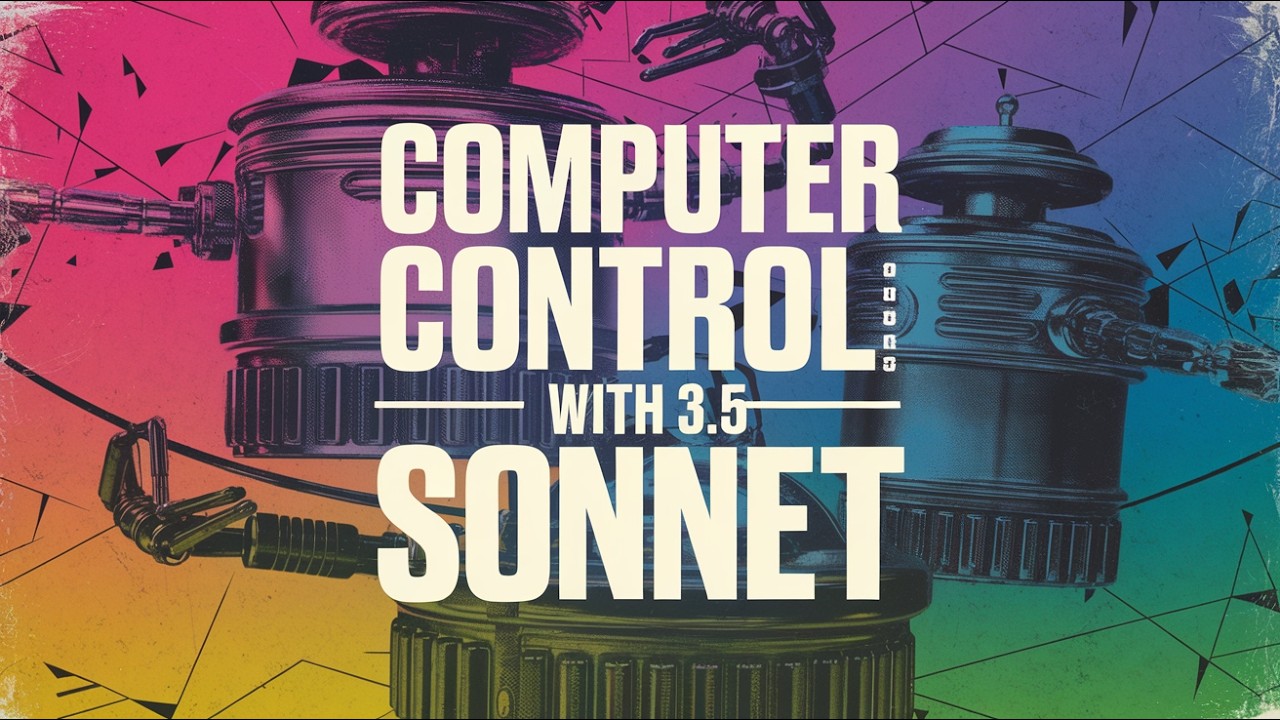The video demonstrates the new Cloud 3.5 Sonnet’s computer control capabilities, showcasing how to run it locally using a single Python file, with three demos that include launching a chat application, performing calculations, and writing in Notepad. The presenter reviews the code structure, emphasizing safety measures and the importance of caution when executing the script, while also inviting viewers to explore further resources and consider becoming patrons for additional content.
In the video, the presenter introduces the new Cloud 3.5 Sonnet’s computer control capabilities, demonstrating how to run it locally in a simplified manner using a single Python file. The original example utilizing an AWS sandbox environment was deemed too complex, so the presenter has streamlined the process for local execution. Viewers are cautioned about the potential risks of running the script on their machines, as it operates without a sandbox environment. The video includes three demos showcasing the capabilities of the computer control system, including launching a chat application, performing calculations with a calculator, and writing “Hello World” in Notepad.
The first demo involves launching a chat application and asking it to write a haiku. The presenter emphasizes that the demonstration will include background music. Following this, the second demo showcases the calculator functionality, where the computer control system performs a calculation. The final demo illustrates the ability to open Notepad and input text. After these demonstrations, the presenter transitions to a review of the code used to implement these functionalities, highlighting the various components and libraries involved.
The code review begins with an overview of the necessary imports and requirements, noting that the script is primarily designed for Windows but may also work on macOS. The presenter explains the importance of safety measures, such as an artificial delay before executing actions, allowing users to intervene if necessary. The code includes configurations for action confirmation delays, safety features, and various commands for mouse and keyboard interactions. The presenter stresses the need for caution when running the script, as it directly interacts with the user’s computer.
The video delves into the structure of the code, explaining the data classes and methods that facilitate computer interaction. The presenter discusses how the tool handles screen resolution scaling, mouse movements, keyboard inputs, and screenshot captures. Additionally, the code includes a file editing tool that allows for text manipulation, such as viewing file contents and making string replacements. The presenter encourages viewers to refer to the documentation for further understanding and to explore the potential of these tools for file manipulation.
Towards the end of the video, the presenter highlights the benefits of becoming a patron, which includes access to all code files, courses, and one-on-one consultations. They also mention the extensive amount of time spent on developing projects and the availability of free content on their website. The video concludes with an invitation for viewers to explore the new features of the Cloud 3.5 Sonnet and to consider enrolling in the THX Master Class for a deeper understanding of coding practices. Overall, the video serves as both a demonstration of the new capabilities and a tutorial on how to implement them locally.
